Are you one of those who on every trip look for places of worship, such as churches? This article will definitely excite you!
10) Thorncrown Chapel Eureka Springs, Arkansas, USA
Even if you are in the state of Arkansas and more specifically in the miniature Victorian town of Eureka Springs, you will hardly discover this church, which even the best new GPS systems can not pinpoint. The locals will take you to the forest, where this impressive building made of pine wood and glass is located (instead of walls, it has 425 windows), which allows natural light and the colors of the forest to penetrate inside. It was built in 1980 by architect E. Fay Jones - a student of Frank Lloyd Wright, who was inspired by the Gothic style Sainte-Chapelle in Paris. Admission to the church is free.
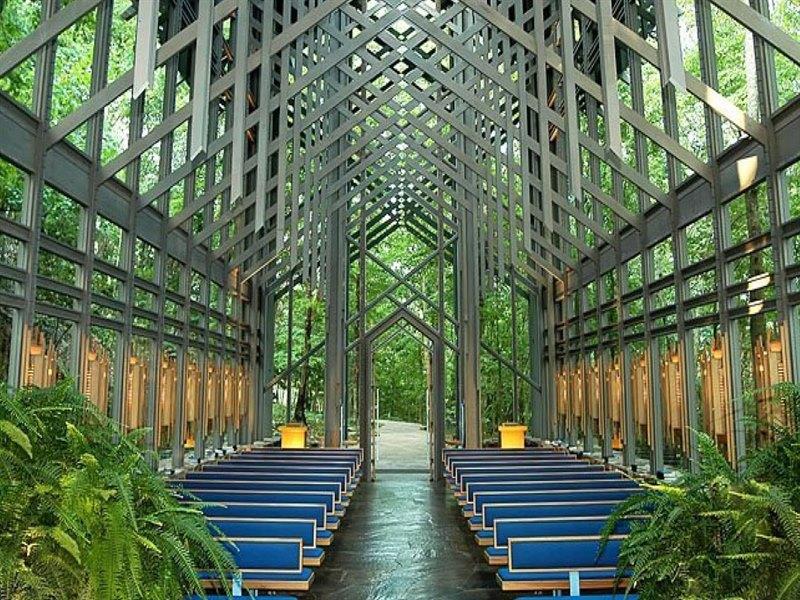
9) Church of the Assumption, Lake Bled, Slovenia
A small boat takes visitors to the island of Lake Bled, northwest of Ljubljana, which is shaped like a tear. The only building on the island is the temple that was built in the 17th century and from afar looks like floating on the lake. During the summer months, many weddings take place in this absolutely romantic setting. Local tradition requires the groom to carry the bride on the 98 steep stairs leading to the temple, remaining silent. If he does not succeed, it means that the couple is not ready for marriage. Admission to the temple is free, but you will have to pay 13e for the boat that will take you there. For more information about the church and the city, click here.
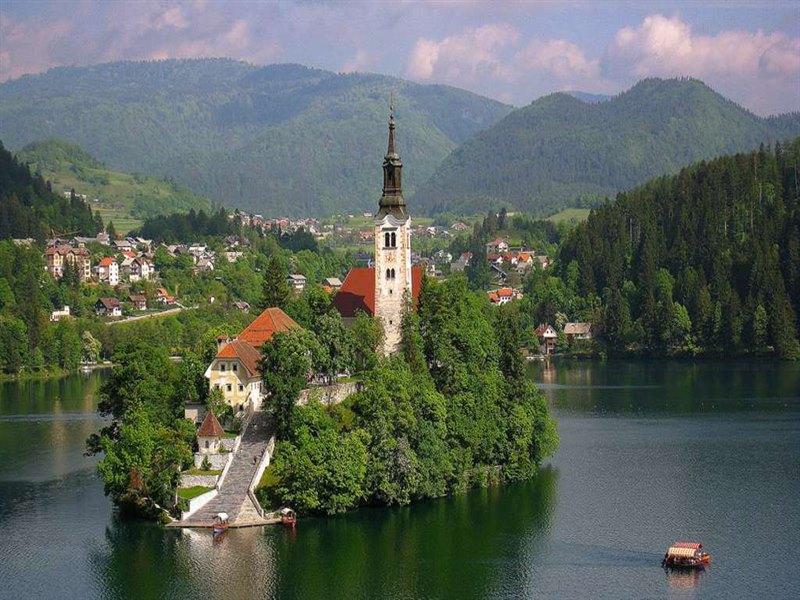
8) Ely Cathedra,l Ely, Great Britain
The name may not tell you much, but the majestic cathedral in Ely, just outside Cambridge, has appeared on the big screen a few times. Most recently, in the movie "The King's Speech" (2010), where its interior was used for the scenes that took place in Westminster Abbey. It was built in the 11th century by Benedictine monks and is an excellent example of Norman architecture. Admission costs 7e with guided tour.
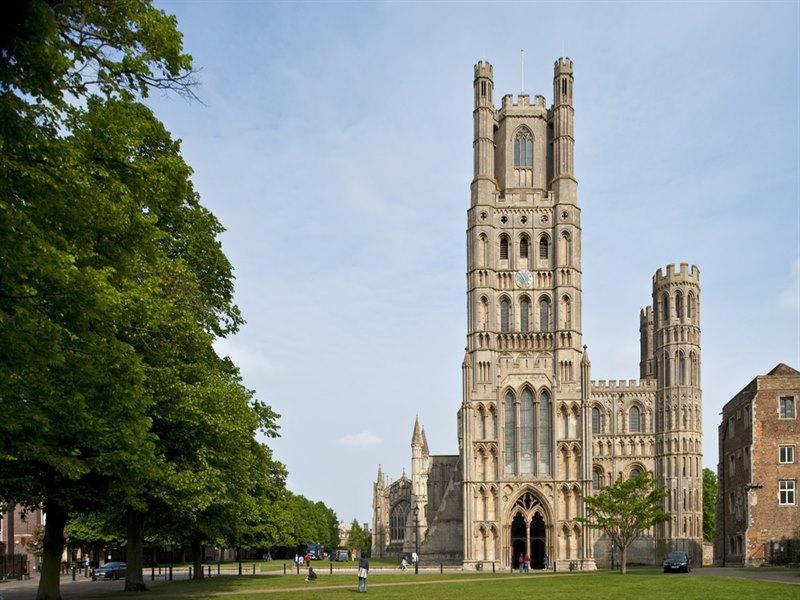
7) Church of Our Savior on Spilled Blood, St. Petersburg, Russia
The colorful Church of the Savior on Spilled Blood in St. Petersburg is very similar to St. Basil's in Moscow's Red Square, and although less well known, it is considered equally impressive. It was built in 1883, on the spot where Tsar Alexander II was assassinated, destroyed during World War II and reopened in 1997 after 27 years of work. Today, it is one of the most photographed sights of the city of Tsars, thanks to its ornate architecture in Russian Baroque style and the rich interior and exterior decoration with 7000 sq.m. mosaics. Admission costs 5e.
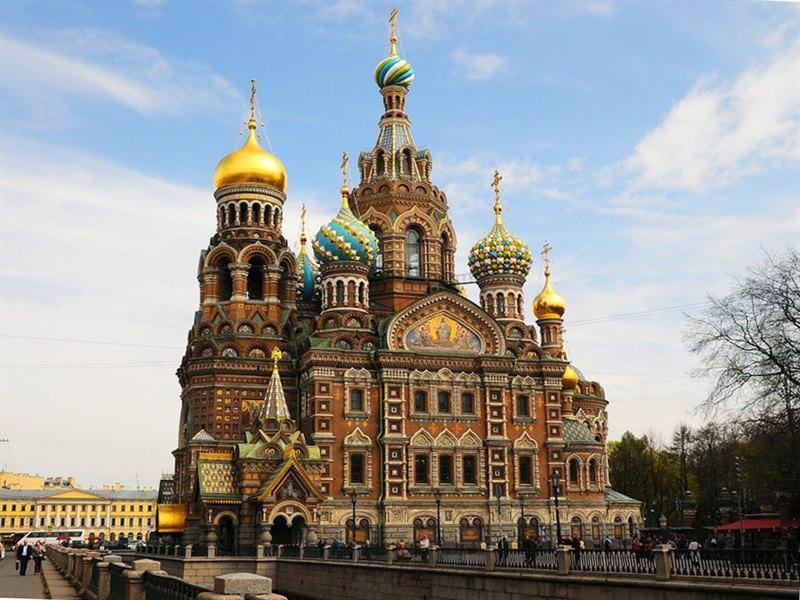
6) Saint Michel d'Aiguilhe Chapel Aiguilhe, Le Puy-en-Velay, France
Getting to this chapel in the French countryside is a small adventure, but the view from there and the cave-like atmosphere inside make up for it. Perched on top of a volcanic rock near the village of Le Puy-en-Velay in the province of Auvergne, Saint Michel d'Aiguilhe has been considered a sacred place since 962 AD, when it was built. Visitors need to climb 268 steps carved into the rock to see up close the medieval masterpiece with its colorful stone façade and Islamic-style mosaics. Admission costs 3e.
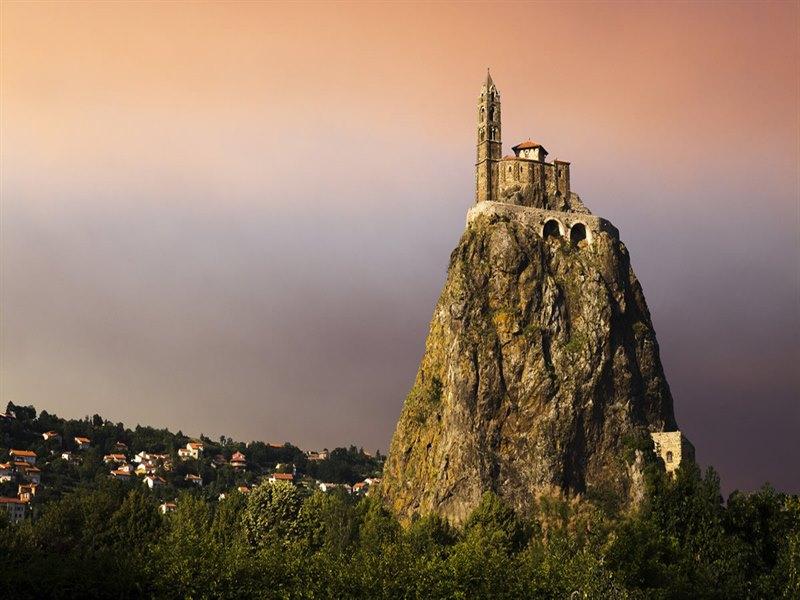
5) Las Lajas Sanctuar,y Ipiales, Colombia
Tucked deep in the mountains and dense vegetation of southwestern Colombia, the fabulous Gothic temple of Las Lajas is built in a canyon on the edge of a bridge over the Guaitara River. It was built entirely of flat stones from the Andean region, between 1916 and 1949, on the site of a 19th century chapel. The pilgrims, who reach here today, leave on the rocks personal, commemorative plaques to thank the Virgin Mary for her miracles. The entrance is free.
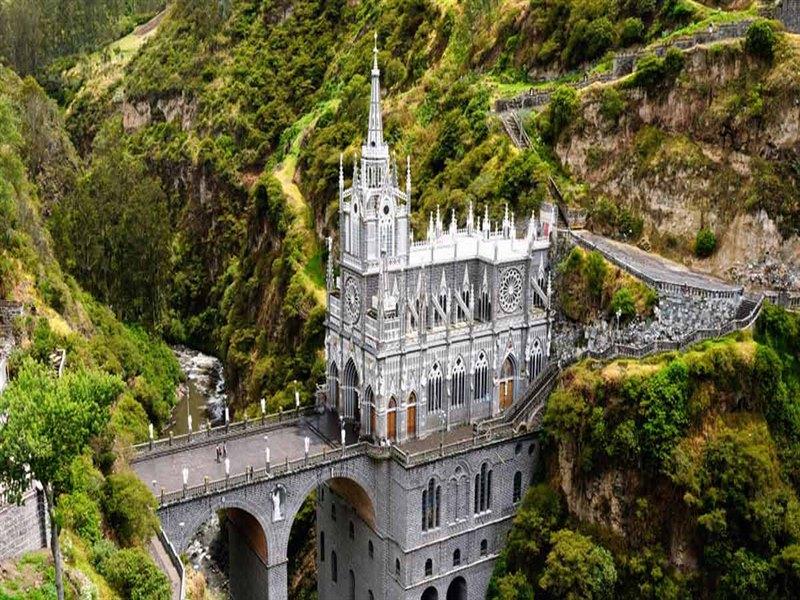
4) Borgund Stave Church, Laerdal, Norway
Norway is famous not only for its fjords, but also for its 28 well-preserved, medieval wooden churches (Stavkirke). Their name comes from the technique of their construction with barrel boards, which were used as supports (Stavkirke means "temple of barrel boards"). Borgund Stave Church, built in 1180 AD. in Laerdal in western Norway, is for many the most beautiful of all. Inside there is not much to see, but the image of the small wooden temple, surrounded by vertical mountains, with 4 carved heads of dragons jumping from the gables, leaves no one indifferent. Admission costs 10e.

3) Sagrada Familia, Barcelona, Spain
At number three on the list is the Gothic Church of the Holy Family in Barcelona. This is the last and greatest work of Gaudi, the architect who has left an indelible mark on the city. The most emblematic construction of Barcelona started in 1882 and has not been completed yet, while it is very likely that it will never be completed! However, according to some recent reports, it is estimated that construction will be completed in 2026, one hundred years after Gaudi's death. The impressive about this temple is that from wherever you look it is dazzling and at the same time different, due to the many architectural views, after the death of the Spanish architect. The facade that symbolizes the Nativity is reminiscent of a sculpture in the sand, while the huge bell towers seem to touch the clouds. The entrance costs 12.5e, while if you want to go up to the bell towers you will have to pay an additional 2.5e. For more information about the church and the city, click here.
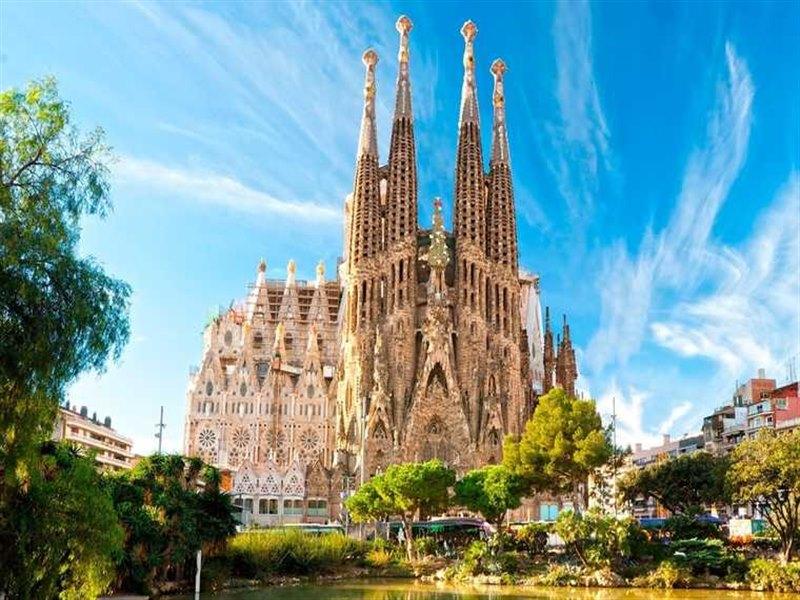
2) Duomo di Milano, Milan, Italy
The building, which Mark Twain called a "marble poem", took 5 centuries to complete and is the largest Gothic temple in the world. Made of the famous Cantonese marble, it has 135 bell towers, while 3,400 statues adorn the roof and facade. At the highest bell tower, at 108 meters, dominates the bronze gilded statue of the Virgin, La Madonnina, which is in the hearts of all Milanese. If you visit the city, it is worth climbing to the roof of the Duomo, from where, if there is no exhaust gas, the view reaches up to the ridges of the Alps. Admission to the temple is free, but if you want to go up to the roof you will have to pay 10e if you use the elevator and 6e if you are more courageous and go on foot. For more information about the church and the city, click here.
1) Hallgrimskirkja, Reykjavik, Iceland
At the top of the list is the impressive 74-meter-high, rocket-like building that is visible from all over Reykjavik. Hallgrimskirkja, as the locals call it, is the largest church in Iceland and its most controversial building. The unusual design of the temple symbolizes volcanic columns, which rise between the bell tower, thus creating a reference to the many volcanoes in the country. The visitor can climb to the top, which offers the best view of the cute rooftops of Reykjavik houses. Admission costs 3e.
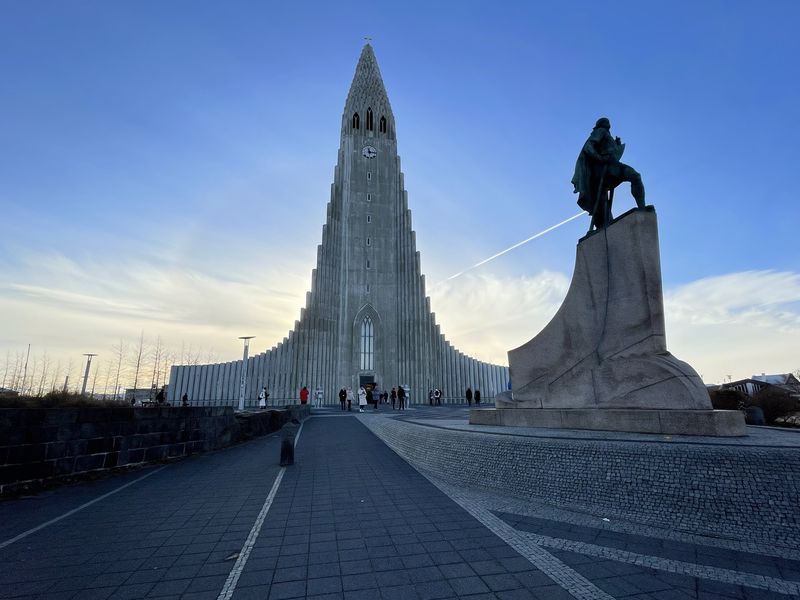
Source: arttravel








